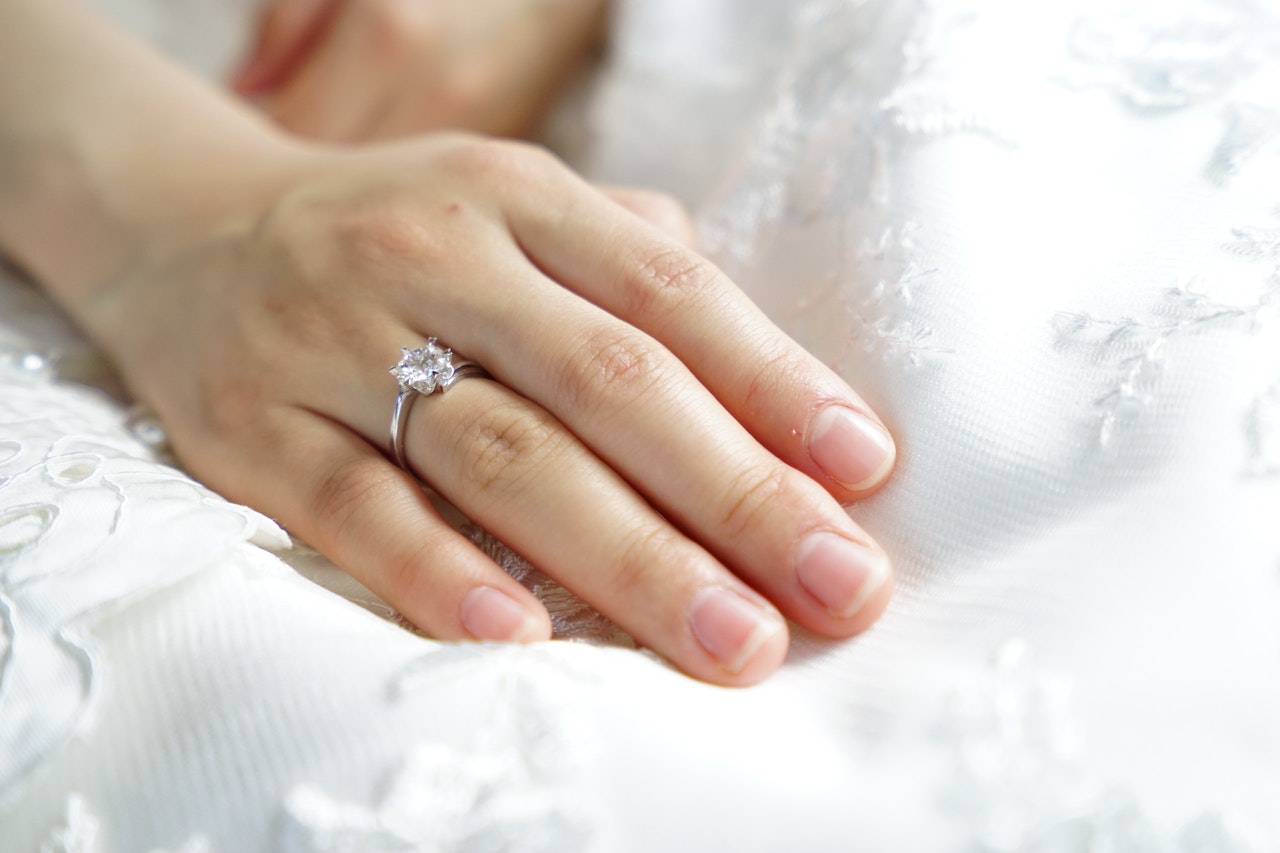
Image from Pexels
For many individuals, choosing an engagement ring may be a difficult undertaking. It might not be easy to select the ideal one for your spouse when so many selections are on the market. An engagement ring is more than just a pretty bauble; it’s a symbol of everlasting love and devotion. Therefore, choosing the ideal ring that your spouse will treasure forever is essential. To help you choose the ideal engagement ring, we will review everything you need to know in this post.
Understand the Cs
Cut
A diamond’s sparkle is caused by how brilliantly it reflects light, determined by the stone’s cut. A diamond with excellent cutting will sparkle and shine more. The cut is given a low to outstanding rating, with a wide range in between. A diamond must have an exceptional or very brilliant cut for the most sparkle and brightness. Selecting a cut that accentuates your partner’s sense of style and personality is crucial since the cut may also impact how the diamond is viewed in terms of size and form.
Clarity
The quantity of imperfections or defects that may be seen under a microscope is referred to as a diamond’s clarity. The range of grades is perfect to incorporate. To the untrained eye, the inclusions in a diamond-rated SI1 or SI2 clarity are invisible. The clarity rating is not the only thing to consider, though. Some inclusions can give a diamond personality and distinctiveness, increasing its value and specialness.
Color
A diamond’s hue describes how white or yellow it appears. Grades are given on a D (colorless) scale to Z (bright yellow). Selecting a nearly colorless diamond with a color grading of G or H is advised. However, the preferred hue may change based on personal preference and the ring’s metal of choice. For instance, a diamond with a little yellowish hue can be complemented by a yellow gold ring, while a white gold band can make the diamond look whiter.
Choose the Right Setting
Prong Setting
The prong setting is the most common setting for an engagement ring. The diamond is held in place by four or six prongs on the ring. This sort of setting enhances the diamond’s glitter and brightness, which enables the most light to penetrate the diamond. It is a versatile option for any ring style since the prongs can be modified to accept diamonds in various shapes and sizes.
Bezel Setting
Modern settings, such as the bezel, ring the diamond with a metal rim. The diamond is shielded from harm by this kind of setting, which is also highly safe. It may also lessen the quantity of light that reaches the diamond, which may lessen its brilliance and shine. The bezel setting may be an excellent option for individuals who lead a busy lifestyle or desire a sleek, modern look.
Pavé Setting
Small diamonds are put together tightly in a pavé setting to give a brilliant impression. This setting may increase the ring’s overall shine and give the central diamond a more prominent appearance. The little diamonds’ propensity to fall out or become dirty may also be harder to maintain and clean. For those who want a lot of glitz and dazzle in their jewelry, the pavé setting might be an excellent option.
Choose the Right Metal
Gold
The most common metal chosen for engagement rings is gold. It comes in yellow, white, and rose hues that go well with various skin tones and diamond hues. A strong metal that can resist normal wear and tear is gold. But it can also be vulnerable to dents and scratches, particularly for people with busy lifestyles. Higher karat gold is advised for increased sturdiness and lifespan (18k or 14k).
Platinum
A precious metal with a reputation for strength and endurance is platinum. It has a hypoallergenic finish and won’t tarnish or deteriorate with time. Platinum is a popular option for individuals who want an engagement ring with a more contemporary and sleek appearance. However, platinum is also the priciest metal choice and may be heavier than other metals, which some individuals may find unpleasant to wear.
Other Metals
It’s important to remember that conventional jewelry insurance policies may not cover alternative metals for an engagement ring, such as titanium, palladium, or silver. Engagement ring insurance may cover loss, theft, and damage regardless of the metal. You may feel secure in making an informed and wise choice for your engagement ring purchase by learning about the qualities and traits of various metals and taking advantage of the additional security offered by engagement ring insurance.
Conclusion
You may choose the ideal ring that accurately depicts your love story by keeping the diamond’s 4Cs, the setting, and the metal in mind. Don’t forget to consider engagement ring insurance to safeguard your purchase and offer peace of mind to select the engagement ring that will make your heart skip a beat and create an experience you’ll cherish forever, exploring the lovely world of engagement rings.


